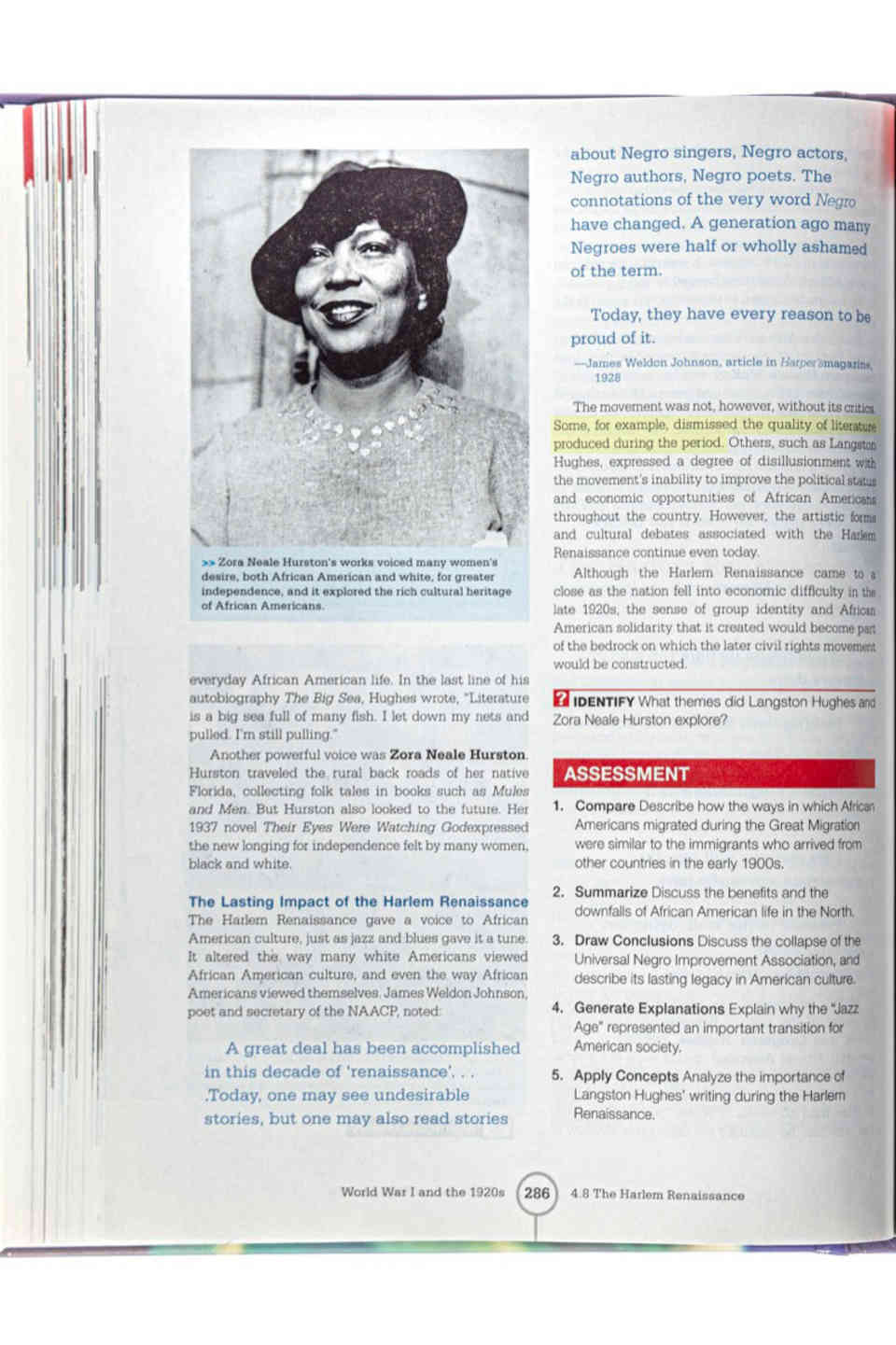Country and folk music, two iconic American genres, have similarities in focusing on storytelling, utilizing acoustic instruments, and connecting with rural America. However, they differ in their history, instruments, and lyrics. Country music emerged in the southern United States in the 1920s as a result of blues, folk, and gospel influences, while folk music originated as a means of preserving traditional music and culture. Country music often incorporates electric guitars and drums, whereas folk music features a variety of instruments, mandolins, harmonicas, and accordions. The lyrics in both genres tell stories but country tends to focus on love and relationships while folk emphasizes social and political matters. Famous country music artists include Dolly Parton, Willie Nelson, and Johnny Cash while Bob Dylan, Joan Baez, and Pete Seeger are notable folk music artists. While country sounds more polished and commercial, folk remains true to its roots but adapts to change.
Country vs. Folk: Comparing Two Iconic American Genres
Introduction
Music has always been an important part of American culture, and country and folk are two genres that have shaped the music scene for many years. While both genres have similarities, such as a focus on storytelling, the use of acoustic instruments, and a connection to rural America, they also have distinct differences. This article will compare and contrast country and folk music, exploring their history, instruments, lyrics, and famous artists.
History
Country music can be traced back to the 1920s, when it began to emerge as a distinct genre in the southern United States. It was heavily influenced by blues, folk, and gospel music, and was often performed by white working-class musicians. In contrast, folk music has its roots in the traditional songs and ballads of the British Isles, as well as African American and Appalachian music. It emerged in the early 20th century as a way to preserve and celebrate traditional music and culture.
Instruments
Both country and folk music rely heavily on acoustic instruments, such as guitars, banjos, and fiddles. However, country music often incorporates electric guitars and drums, giving it a more rock and roll feel. Folk music, on the other hand, often features a wider range of instruments, including mandolins, harmonicas, and accordions.
Lyrics
One of the key elements of both country and folk music is the focus on storytelling. The lyrics often tell stories of love, heartbreak, and everyday life in rural America. However, country music tends to focus more on love and relationships, while folk music often explores social and political issues. For example, folk songs about the civil rights movement, such as “We Shall Overcome,” were often used as a way to inspire change and promote equality.
Famous Artists
Both country and folk music have produced many famous artists over the years. Some of the most well-known country singers include Dolly Parton, Willie Nelson, and Johnny Cash, while folk music is often associated with artists such as Bob Dylan, Joan Baez, and Pete Seeger. While these genres have produced different types of artists, they have also had crossover success, with artists like Emmylou Harris and John Denver blurring the lines between the two genres.
Conclusion
While country and folk music may seem similar on the surface, they have distinct differences that set them apart. Country music is often more polished and commercial, while folk music remains true to its traditional roots. However, both genres continue to influence and shape American music in their own unique ways.
